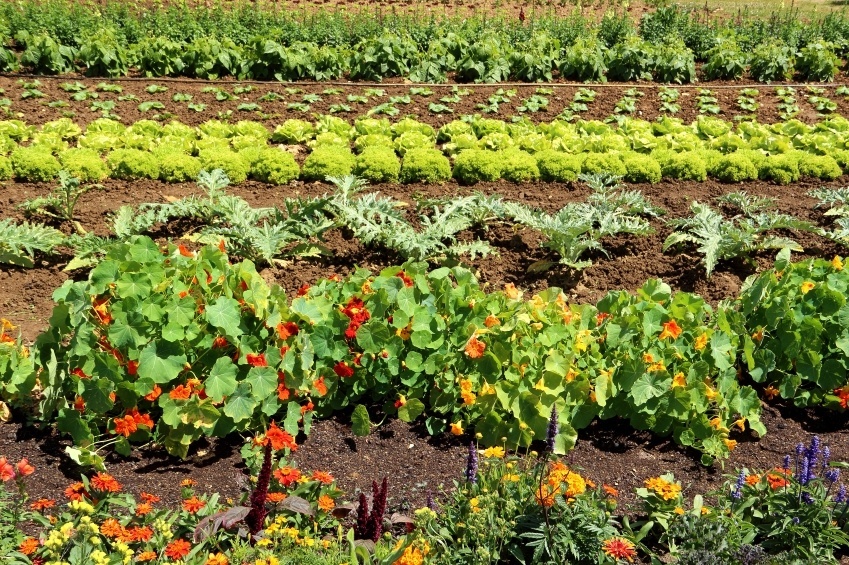
There is nothing so rewarding as having a plethora of fresh garden vegetables to enjoy. Knowing where your food comes from gives one great peace and satisfaction.
Here are five of the quickest and inexpensive ways that you can boost your garden yield beyond your greatest expectations.
Three of them have to do with improving your soil which is incredibly important to any garden.
Just as a house is not sturdy without a good foundation, a garden is not as healthy without a nutrient-rich soil base. Most plants can’t survive for long in unhealthy soil, so making this a top priority when gardening is a must.
The secrets of healthy soil are not complicated, nor do they have to be expensive. Putting your focus and energy on building up soil loaded with biodiversity will help ensure that you have the best garden yield ever.
You will be amazed at what putting a little time into your soil can mean for the health, vitality and production of your garden plants.
1. Add Compost
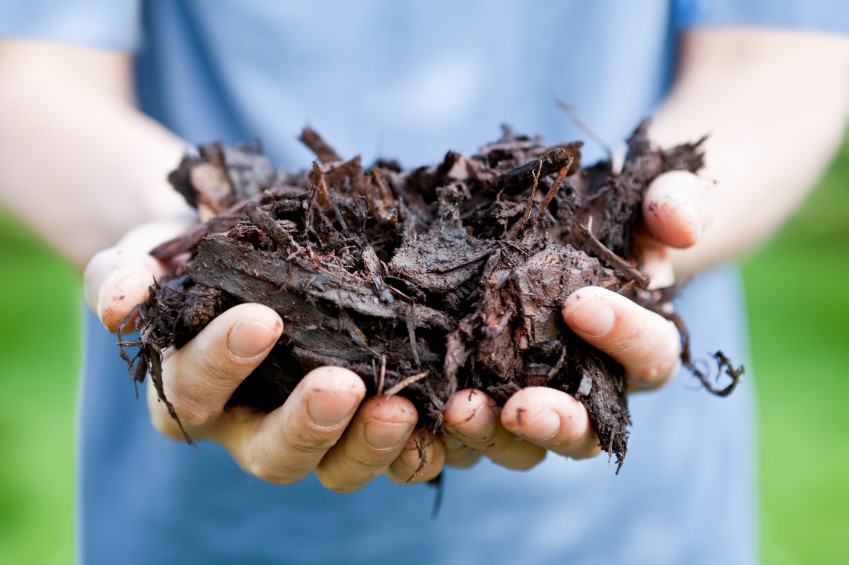
Starting a compost pile at home is not difficult and can give you a great place to discard of your kitchen and yard scraps.
Adding compost to your soil has a number of benefits including:
- Compost helps sandy soil retain water and nutrients.
- Compost helps soil that contains a lot of clay drain and also allows air to penetrate the soil. In addition, compost also allows roots to spread in clay soil.
- Compost allows soil to hold nutrients and make them accessible to plants.
- Compost makes soil easier to work with.
- The bacteria in compost helps break down organics into nutrients that are available to plants.
- Soil that is enriched with compost contains lots of beneficial insects, worms, and other organisms that keep the soil aerated.
- Compost may keep diseases and harmful pests at bay.
2. Add Mulch
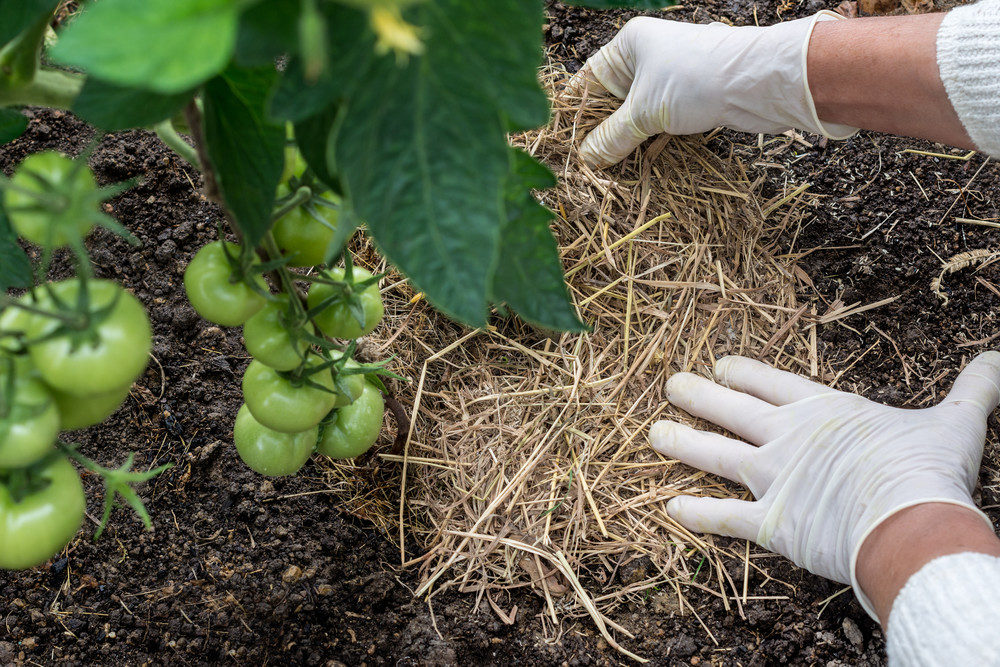
Adding mulch to your garden provides a number of benefits that can help protect plants and create vigor and big yields.
Mulching your garden is one of the most beneficial things you can do. Although you can buy prepacked mulch, you can also use a number of decomposing organic materials including wood chips, pine needles, straw, cocoa, bean shells, recycled tires, pebbles, rock etc..
Be sure to take advantage of what you have available to use as mulch. You can save a lot of money doing this.
Adding mulch to your garden will help in these ways:
- Weed control – fewer weeds mean healthier plants
- Retains moisture – this is especially important if you live in a dry and hot climate
- Deters pests – particular types of mulch deter insects due to the pungent natural aromas. Be careful, however, some type of mulch can also draw insects to your garden. Be sure to do your research before mulching. Be careful, however, when using mulch. Do not put a whole lot of mulch up close to the stems of plants – this can cause a problem.
- Putting mulch down in your garden can encourage earthworms to multiply. Earthworms are great for improving soil structure and nutrient availability to plants.
3. Plant Cover Crops
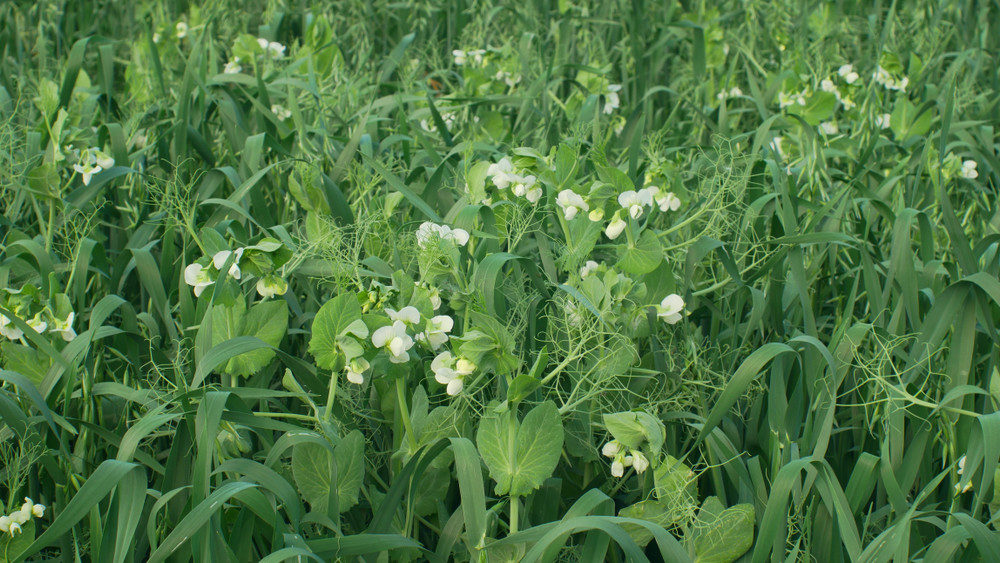
Whether you plant a row garden or use raised beds, a cover crop will do wonders for next season’s crops.
Cover crops help to build up fertility and improve soil structure. Excellent cover crops include clover, alfalfa, peas and beans.
These crops convert nitrogen from the air into forms that plants can use. The best way to plant a cover crop is to use a mixture of grasses and clovers.
4. Consider Raised Beds
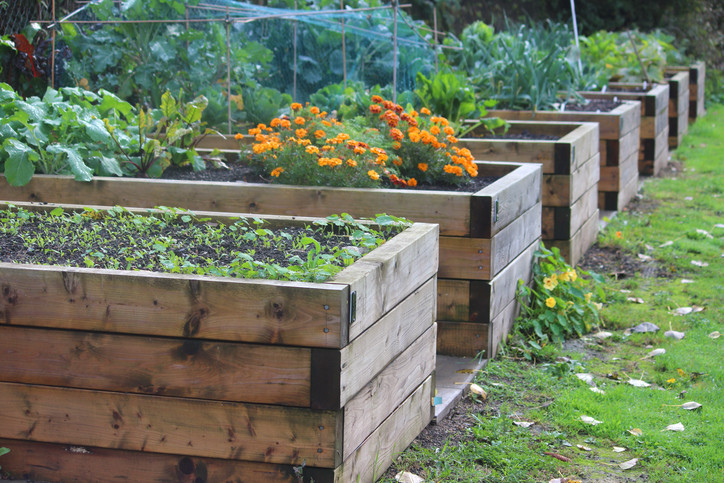
One of the nicest things about raised beds is how quickly you can build up a highly fertile soil base.
Raised beds typically yield four to five times more than the same space planted in rows. This is because of loose, and highly fertile soil. It is by far the most effective way to grow a healthy and vibrant garden.
There are many ways to create raised beds. Once you create a raised bed, it requires minimal upkeep.
5. Extend the Season on Both Ends
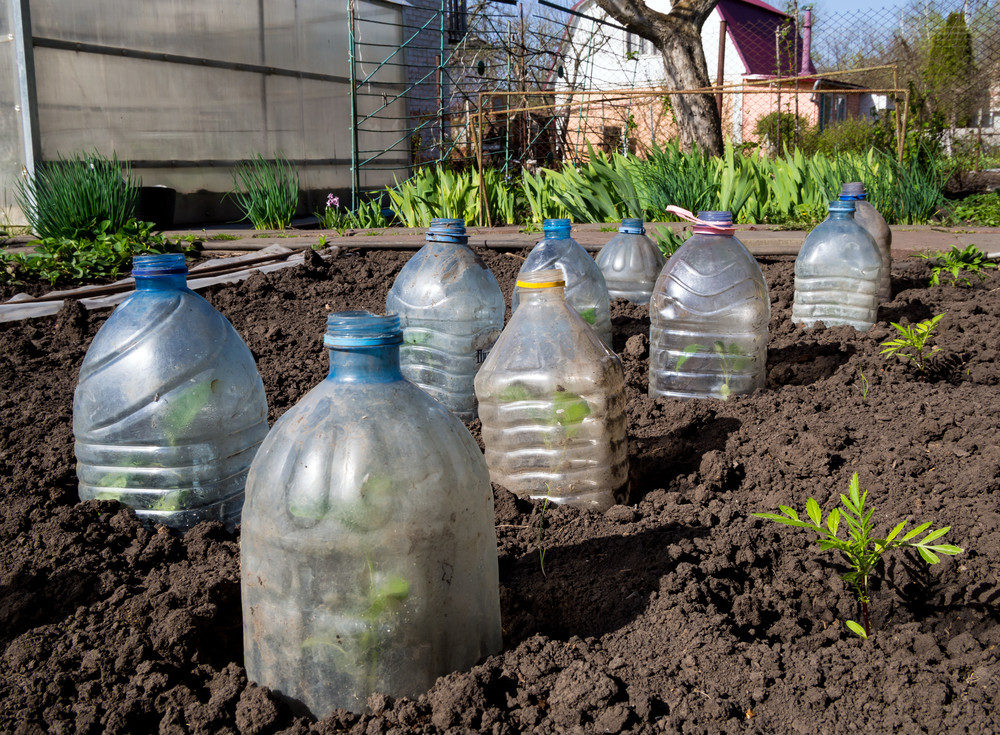
Another way you can have a high yield garden is to start growing things early and also extend beyond the season.
With a little planning and the right tools, you can still be harvesting your garden while your friends are cleaning up.
Some of the tools you can use to start early start include cold frames, cloches, and tunnels. At the other end of the season, use row covers to protect your plants from cold temperatures. You can also consider making or investing in a greenhouse where you can adjust the temperature and monitor the air quality, sunlight etc..
Put these five garden boosting ideas into action and everyone will be envious of your super green thumb!
